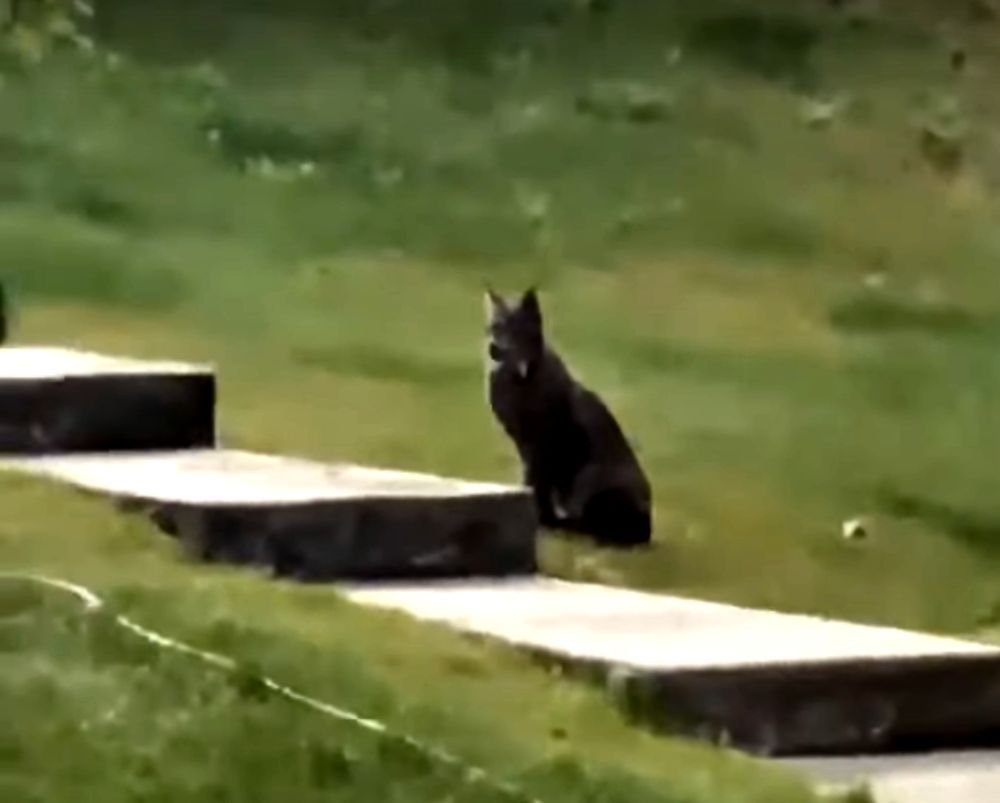Unusual Black Lynx Seen in Canada is Believed to Be the First of Its Kind
Rebecca West
The surprising report of a black lynx seen in Canada has got people speculating about its unusual coloring. There are considered to be four different types of lynx. They are the Canada lynx, the Iberian lynx, the Eurasian lynx, and the bobcat, as they're referred to in the U.S. For the most part, they differ very little in coloring, other than during the winter months when Canadian lynx turn a lighter shade with more of a gray and creamy white included in its fur, rather than reddish tan, which helps it to blend in with its snowy surroundings. That's the reason this sighting is all the more bizarre.
Canadian Lynx
Recognized as a medium-sized cat, it is characterized by its long, dense fur and triangular ears topped with black tufts. Its broad, snowshoe-like paws are another standout feature, helping the magnificent cats navigate the deep snows of winter while hunting for prey. So, what's up with a black lynx? The encounter actually took place in August 2020, when wildlife biologist and professor at the University of Alberta, Thomas Jung, first caught sight of the strange creature near the town of Whitehorse, Yukon. He was likely unsure of what he was really witnessing at the time, as the sighting was unprecedented.
Black Lynx
Jung managed to film a 30-second video of the oddity on his mobile phone from approximately 55 yards away. In close proximity to several people and a barking canine, the animal was described as being relatively relaxed in their presence. It eventually took off, and Jung, who is also a government employee for the Yukon territory, reached out to several experts. After discussing it and presumably watching the video, they all agreed that what he'd seen appeared to be a genuine example of a black lynx.
Adventures in Wildlife
Known as melanism, the coloring is so unique that it's the first time it has ever been documented in this particular species. The medium-sized cat did appear to have a smattering of grayish white hairs running along its ruff and outer coat. The ruff is the fuzzy collar surrounding the animal's face. The black coat could be a real disadvantage come winter, as they'd stick out like a sore thumb against the snow while hunting snowshoe hares, its mealtime staple. Jung agreed, noting that "melanistic individuals would be at a distinct disadvantage when hunting hares during winter."
Climate Change
The future of the Canadian lynx looks good in northern Canada and Alaska, with their numbers currently being reported as stable, but the same can't be said in southern Canada, where human encroachment and a warming planet are having a negative impact on populations. For more information on the singular black cat, you can read Jung’s findings in the journal Mammalia, or check out the video he took below.
https://youtube.com/shorts/OTg6IG8ocHY?feature=share



